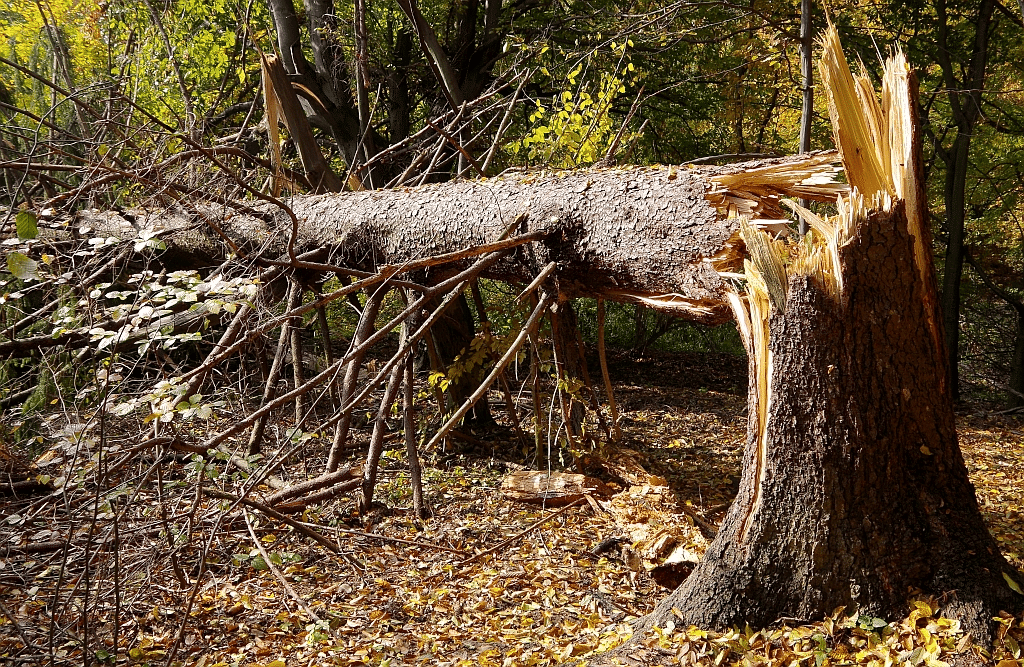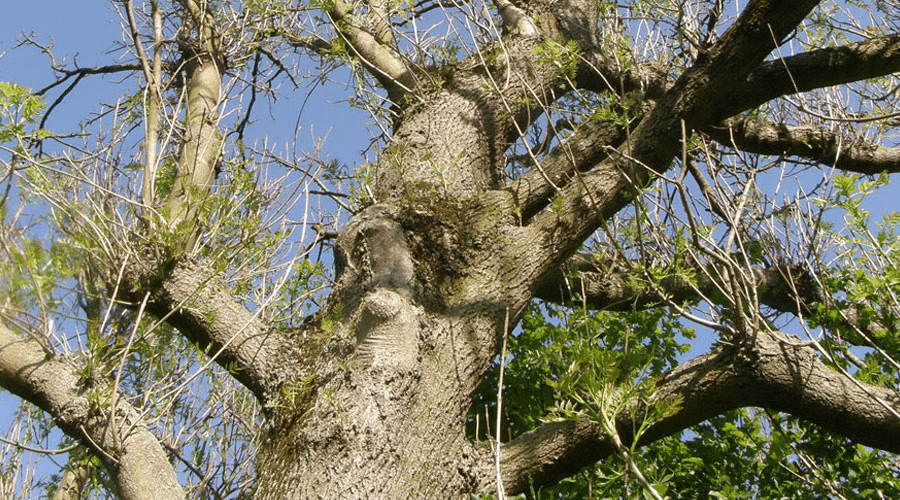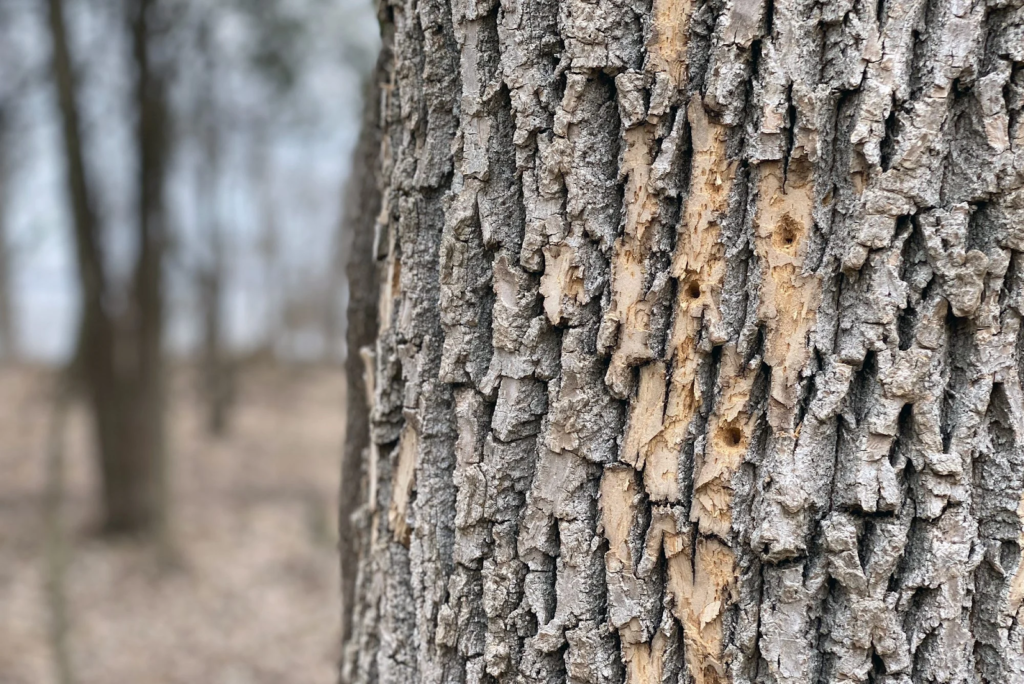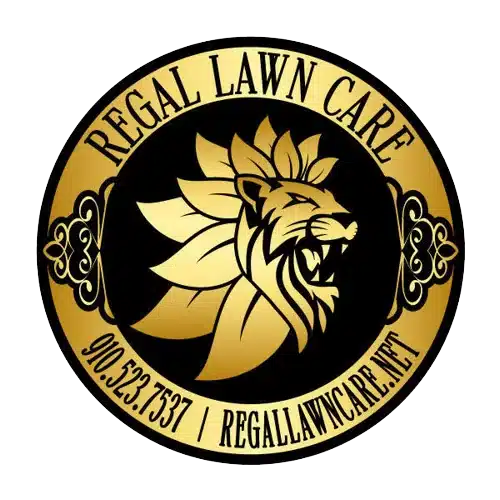Trees add beauty, shade, and environmental benefits to our environment; however, they can also pose risks when they become dangerous. Recognizing diseases or damages that are likely causes is essential for prevention. Wilted leaves or yellow foliage, together with fungal growth, are some signs that indicate trees may be sickly, whereas shattered branches imply harm through weather or human activities like construction work around them while leaning trucks display decay (dying from within). Call a certified arborist as soon as possible for expert opinions regarding pruning or removal because this is aimed at avoiding risks associated with unsafe conditions and maintaining safety standards before they occur. Regular inspection will protect properties and loved ones against potential tree problems.
This guide will examine when a tree might need to be removed, enabling homeowners to make informed choices that protect their families and belongings.
Dead or Dying Branches:
It often results from diseases, pests, or other environmental factors that stress the tree.
Dry/ discolored, brittle branches which lack leaves are dying branches. They can also exhibit signs of decay or have lost all their leaves.
Dead branches, sometimes known as “widow makers,” can fall and cause injury or damage property.
Leaning Trunk:
A tree that leans far on one side may have suffered root damage, soil erosion, and structural weakness.
Leaning trees, such as those leaning towards houses, roads, and electric lines, pose a high chance of falling over, which could possibly harm someone else or destroy an asset.

Visible Decay or Rot:
Visible rot indicators include soft, spongy wood with open cavities filled with fungi, which means internal decay eats the inside away. Trees with extensive decay are at risk of sudden failure, posing a hazard to nearby structures and individuals.
Cracks or Splits in the Trunk:
Internal stress cracks may develop into splits if not addressed in time. Depending on their severity, these are prone to happening during storms or high winds.
Excessive Pest Infestation:
Trees infested by boring insects like termites and beetles may display some symptoms of decline, including thinning foliage, dead branches, and even bark deterioration.
Severe pest infestations can weaken the tree’s structure and increase the risk of failure, especially during stress or environmental changes.
Root Damage or Girdling Roots:
Construction, digging, or soil compression can destroy the roots, leading to the tree’s poor health; over time, these girdling roots will wrap the tree tight around and weaken the growth capacity, eventually leading to a decline and structural instability.

Proximity to Structures or Utilities:
If trees are planted too near buildings, power lines, or underground utilities, their branches could fall on them, causing property damage or service interruption.
For instance, if there is a storm warning, interference from branches hanging on going wrong with rainwater may cause hazards to people’s lives and the strength of their structures.
Previous Storm Damage:
Also, trees injured by strong wind, such as broken limbs and split trunks, have a higher chance of failing later on.
It is very important that you properly evaluate and deal with trees destroyed by storms so that your property does not suffer further damage and for your safety.

Conclusion: Take Actions to Avoid Tree-Related Hazards
In conclusion, one necessary aspect of maintaining a safe and healthy outdoor environment is identifying dangerous trees and taking necessary precautions. Observing and being accountable for supervising your property’s trees will prevent many accidents that may lead to property destruction and injury. If you think there is a threatening tree in your compound, consult an ear-engaged arborist or professional tree remover, who can examine it and provide the best solution.
Call Us Now For Lawn Care Services
Professionals from Regal Lawn Care will ensure your outdoor space remains safe and beautiful through their expert tree cutting services. We have professional arborists who are well-experienced in assessing and eliminating hazardous trees without causing any harm. Contact us today for consultation as you take preventive actions toward preserving the beauty of your outdoors.







